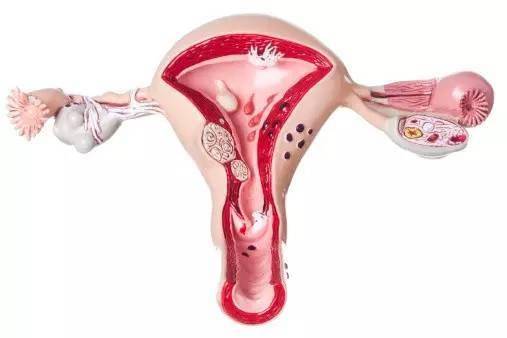Starting the article, let me first introduce you to a somewhat unfamiliar term – “menstrual-related migraines”, which is actually not uncommon among women. What exactly are menstrual-related migraines? Just by looking at the name, one can roughly understand that it is a type of migraine that specifically affects women, and its complete definition refers to migraines that occur during the menstrual period, with the attacks happening 2 days before the period to 3 days after. If this condition occurs in 2 out of 3 menstrual cycles, then the diagnosis is confirmed.
Why do these migraines tend to occur around the menstrual cycle in women?
It is because there is a certain intimate relationship between migraines and estrogen levels – simply put, estrogen levels and the occurrence of migraines are negatively correlated. In other words, the higher the estrogen levels in the body, the lower the chances of migraines occurring.
In fact, this is one of the main reasons why the incidence of migraines in women is higher than in men. A study conducted abroad specifically showed that among female migraine patients, menstrual-related migraines accounted for 35% to 54% of the cases.
Therefore, the reason migraines tend to occur around the menstrual cycle in women is that the estrogen levels in the female body are decreased during this time.
Now that we know the main reasons for the occurrence of menstrual-related migraines, treating them is not difficult!
Oral contraceptives, especially combination formulations containing estrogen and progestin, are optional medications for reducing or even eliminating menstrual-related migraines caused by a drop in estrogen levels before menstruation. In fact, this is also one of the methods for short-term preventive treatment of migraines, as well as specific therapy.
Speaking of migraine treatment, let’s delve a bit deeper today because treating migraines requires individualized approaches.
For the treatment of migraines, Western medicine offers non-pharmacological treatment, acute medication treatment, short-term preventive treatment, and long-term preventive treatment.
1. Non-pharmacological treatment: This is a rational treatment approach for any disease, focusing on eliminating triggers and improving lifestyle. Migraine triggers include alcohol, caffeine, and so on.
2. Acute medication treatment: What is the acute period? It can be simply understood as the period when severe headaches occur, requiring medication for quick pain relief, such as sumatriptan, a medication for migraines administered via the nasal passage.
3. Short-term preventive treatment: There are two types, specific therapy and non-specific therapy, both involving medication. The oral contraceptive treatment mentioned at the beginning for menstrual-related migraines falls under specific therapy.
4. Long-term preventive treatment: This also involves medication for prevention, including drugs like calcium channel blockers, beta-blockers, antidepressants, and so on.


